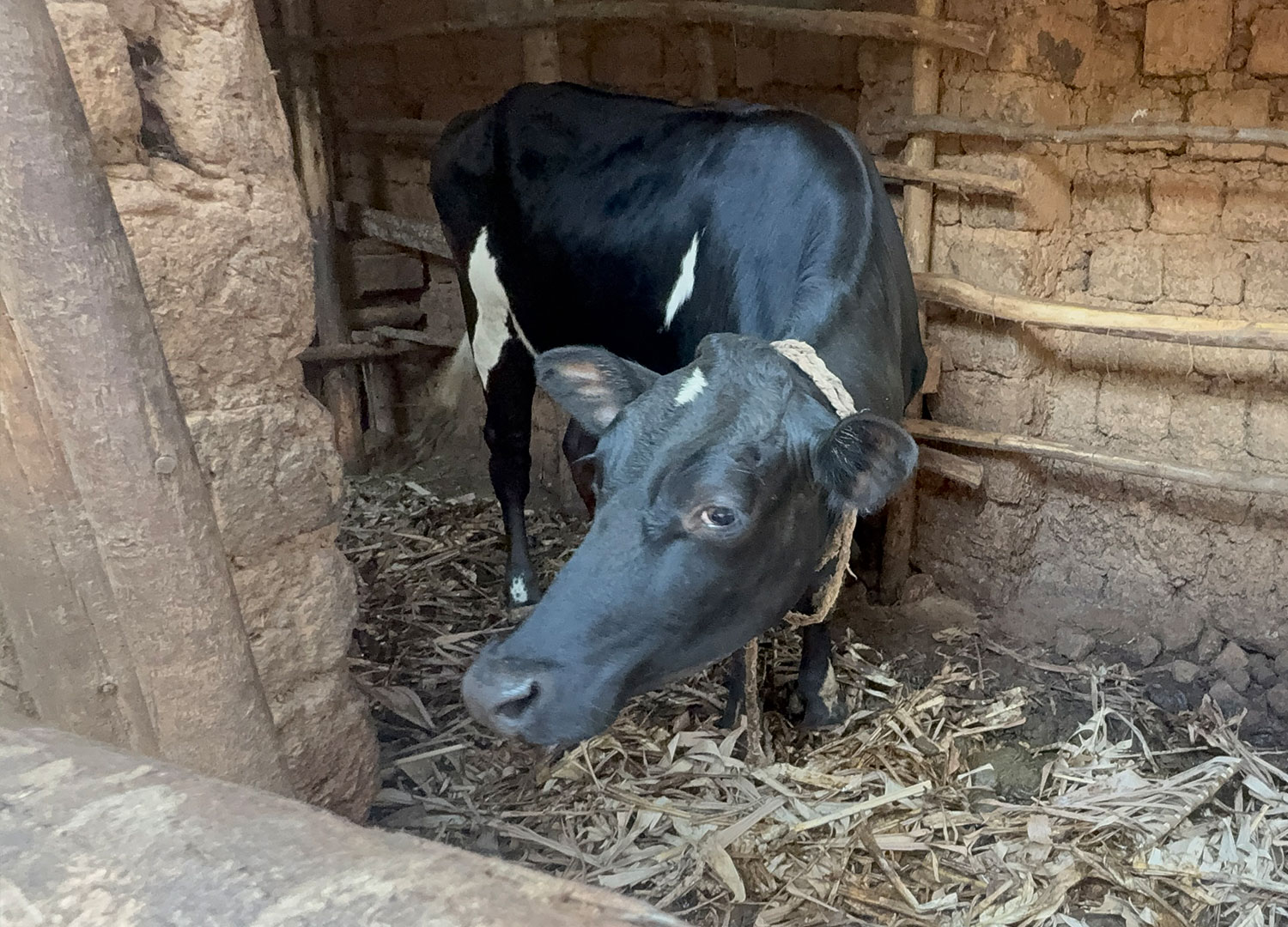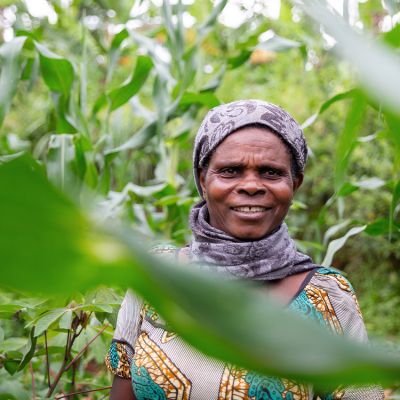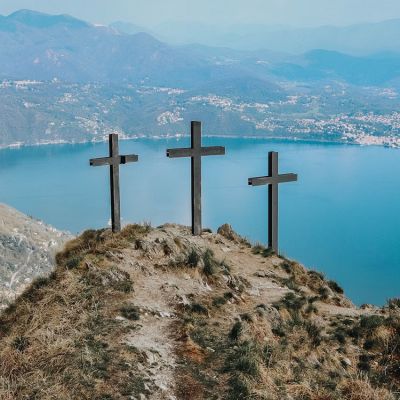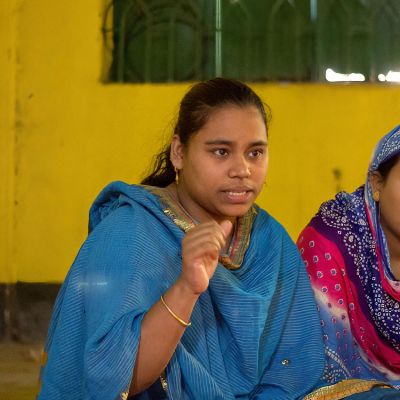Written by Tony Chan (Senior Communications Officer)
‘He was an animal!’ said Faine, a survivor of the genocide, as she described Jean, the former enemy who took part in killing her husband.
Written by Tony Chan (Senior Communications Officer)
He was an animal!
Said Faine, a survivor of the genocide, as she described Jean, the former enemy who took part in killing her husband.
31 years ago, Rwanda witnessed a genocide that shocked the world. In just a hundred days, around a million people were killed, most of them Tutsi, while most of the perpetrators were Hutu. Yet when you walk through Rwanda today, you see former perpetrators and survivors sitting together, chatting and laughing, worshipping God side by side. This is not because the genocide has been forgotten, but because they have chosen a path of reconciliation so painful and demanding that it reveals the power of God.
In April of this year, I visited Rwanda to see firsthand a peacebuilding project that CEDAR runs in collaboration with our local partner, Christian Action for Reconciliation and Social Assistance (CARSA). Testimony after testimony left me with a deep sense of how God has planted forgiveness in a place once consumed by hatred. In 14 reconciliation groups across two areas, there are many stories like Faine and Jean’s — people who were once enemies but have begun to walk the path of reconciliation.
Faine, who is Tutsi, told me how on the day the genocide broke out, she and her husband fled in different directions. Carrying her five children, she climbed up into the hills. From there, she saw Jean, a Hutu man from her own village, leading armed men into the neighbourhood to carry out a massacre. It was then that her husband was killed.
After the killing finally stopped, Faine returned to the village with her children, burdened by grief. Their broken family struggled in poverty, trying to rebuild their lives from nothing. But 20 years later, Jean, who had been imprisoned for leading searches for people in hiding, was released and came back to live in the village. Seeing him again tore open old wounds. The pain of losing her husband and the hatred she carried came rushing back.
When I spoke with Jean, he admitted he had been filled with guilt after his release. At first, he could not look his neighbours in the eye or imagine ever speaking to Faine again. When I asked why he took part in the killings, he said with regret, ‘I lost all sense at the time. For so many years, we had lived in the same village together. Many of the Tutsi were neighbours I knew well. But the government stirred us up and brainwashed us to see them as enemies.’ He also admitted he was afraid that if he did not join in, he would be killed himself.
The Roots and Aftermath of the Genocide
Rwanda’s ethnic hatred was not rooted in ancient history. The Tutsi and Hutu, these so-called ‘ethnic groups’, were communities whose language, culture, and even appearance were almost identical. During the colonial era, the Belgian authorities and the Catholic Church introduced an ethnic classification system to make it easier to govern, favouring Tutsi people for education and better-paid positions and excluding the Hutu, sowing the seeds of conflict. By the 1960s, the Hutu revolution reversed the balance of power. Tutsi communities were marginalised or driven into exile. The Hutu-led government kept portraying Tutsi as the enemy, misleading Hutus into believing that killing them was righteous. Decades of manipulation and propaganda eventually erupted into the 1994 genocide, which engulfed the country in violence.
In the immediate aftermath, many Hutus did not realise they had taken part in such brutality. Some thought they were simply obeying orders; others believed they were protecting their nation. When the Tutsi-led Rwandan Patriotic Front (RPF) took control and ended the fighting, they did not launch large-scale revenge operations. Instead, they focused on rebuilding and reconciliation. This unexpected approach gradually made many Hutus start to question what they had done and slowly change their thinking. In response to the longing for justice, the Rwandan government set up Gacaca community courts, where villagers acted as judges. Cases were heard publicly, defendants could confess, and survivors could testify. Although imperfect, this local justice system helped reveal the truth and offered a first step toward accountability.
God and the Project: Making Reconciliation Possible
But trials alone were never enough. The pain of losing loved ones is not something a verdict can erase. A single apology does not free a life burdened by guilt. For many, forgiveness felt almost impossible. Yet faith opened a way, helping people find strength and freedom in God’s love. That is why our reconciliation groups focus on faith: through Bible study, prayer, and livelihood cooperation, people who were once enemies could start seeing each other as neighbours again.
Let’s start with the ‘livelihood cooperation’. At first, Faine could not imagine forgiving Jean. She said her heart was full of fear and hatred, and she could not stay calm when he was around. The project arranged for them to care for a cow together and share its income, creating a space where they had to meet and work side by side. In the beginning, they divided up the chores without speaking. But over time, they began to help each other. If one fell sick, the other would step in to look after the cow. Gradually, these small acts of cooperation started to break down the barriers between them. Faine described the process as getting to know Jean all over again and reopening her own heart.


What truly helped Faine understand the meaning of forgiveness, though, was the power of God. Through the reconciliation group meetings, she spoke about her pain for the first time. She came to realise that forgiveness was not about excusing the past, but about freeing herself from hatred. She felt the support of the group and her faith giving her strength to let go, step by step. She admitted it was not easy and often wondered if she would ever really be able to forgive. But every meeting felt like planting a tiny seed in her heart. Finally, during one session, she decided to talk to Jean. For the first time, she said sincerely, ‘I am willing to forgive you.’ She said that moment felt like releasing a weight she had carried on her chest for years, making her body feel light.
In the reconciliation groups, we not only walk with survivors but also care for those who have caused harm. The meetings help former perpetrators confront their guilt and fully acknowledge their actions. They are encouraged to apologise and ask for forgiveness, because doing so is not only a release but an essential step toward rebuilding relationships. Jean told me that when Faine forgave him, ‘I felt like I was finally freed from the prison of my own sin.’
Hatred Turned to Laughter
When I sat down with the two of them, I wondered about their relationship today. They said they were now good friends. Still, remembering everything they had been through, I could not help but feel a trace of doubt about whether their reconciliation was genuine. So, I asked them more about their everyday lives to gain a better understanding. They told me they sometimes invite each other’s families over for meals and have even extended invitations to each other’s family weddings. I thought, if there were still resentment between them, they would never do that. Hearing this, my doubts faded.
They went on to say that now and then, they remember how, in the past, whenever they crossed paths in the village, they would immediately turn away and walk in the opposite direction. Thinking about all the fear and shame they carried back then, they now find it almost funny. As they laughed about it, I felt a warmth in my heart and a deep sense of awe at God’s work.
In Rwanda, I came to understand deeply that ‘forgiveness’ is not just a slogan. It is a real and often painful choice. True peace is not about forgetting but choosing to remember and rebuild. While institutions and human efforts matter, the most important thing is God’s healing and intervention, turning enemies into neighbours and restoring what was broken.

ARTICLES OF THIS ISSUE
Written by Tony Chan (Senior Communications Officer) ‘He was an animal!’ said Faine, a survivor of the gen…
Written by Dr. John Wai-On Chan (Associate Professor of Theology, Alliance Bible Seminary) Scriptures reading: Ephesia…
Written by Clara Chiu (Head of Partnership Development) In the Bible, the Hebrew word for ‘Peace’ is ̵…





